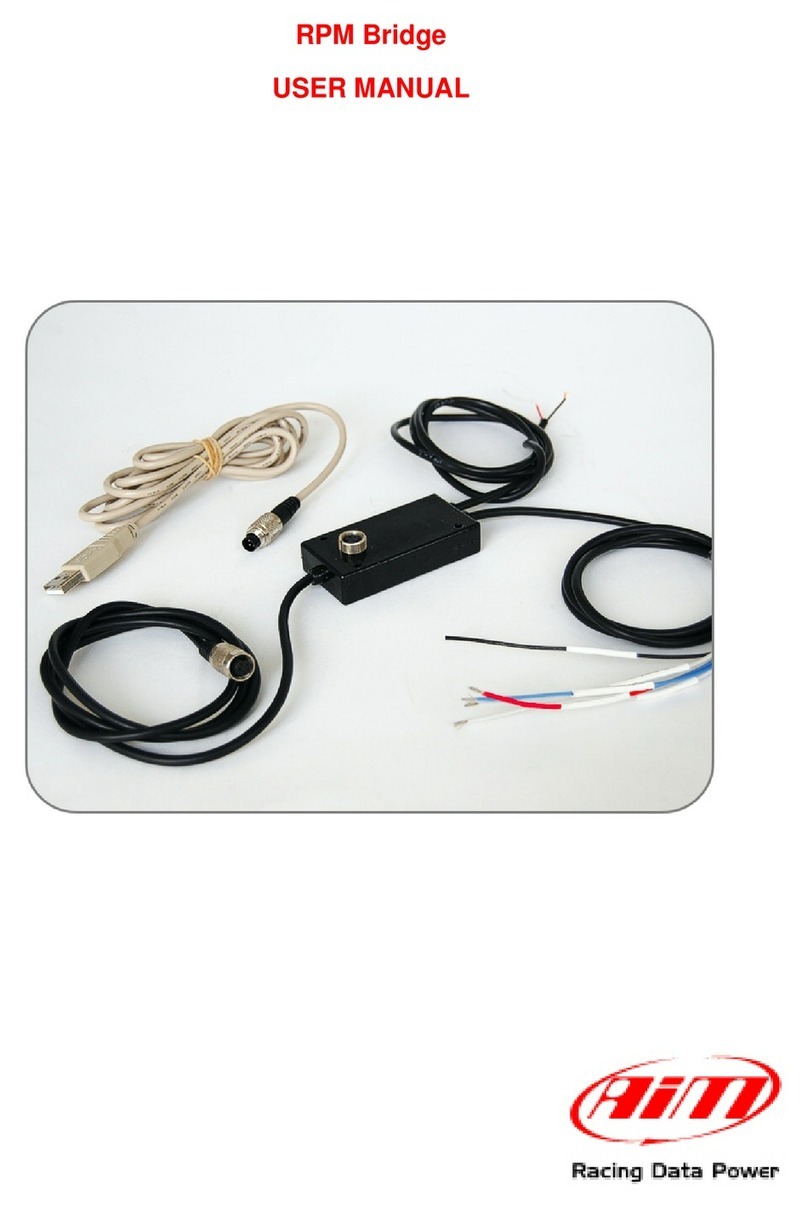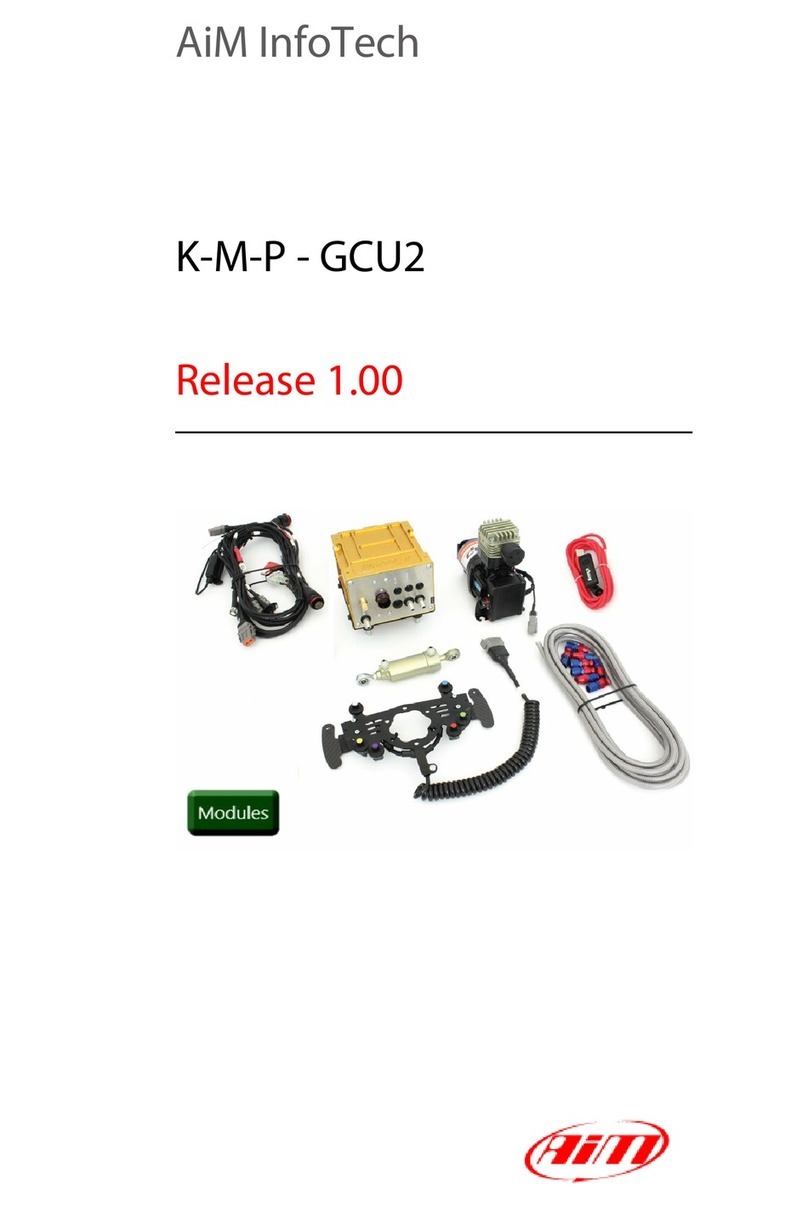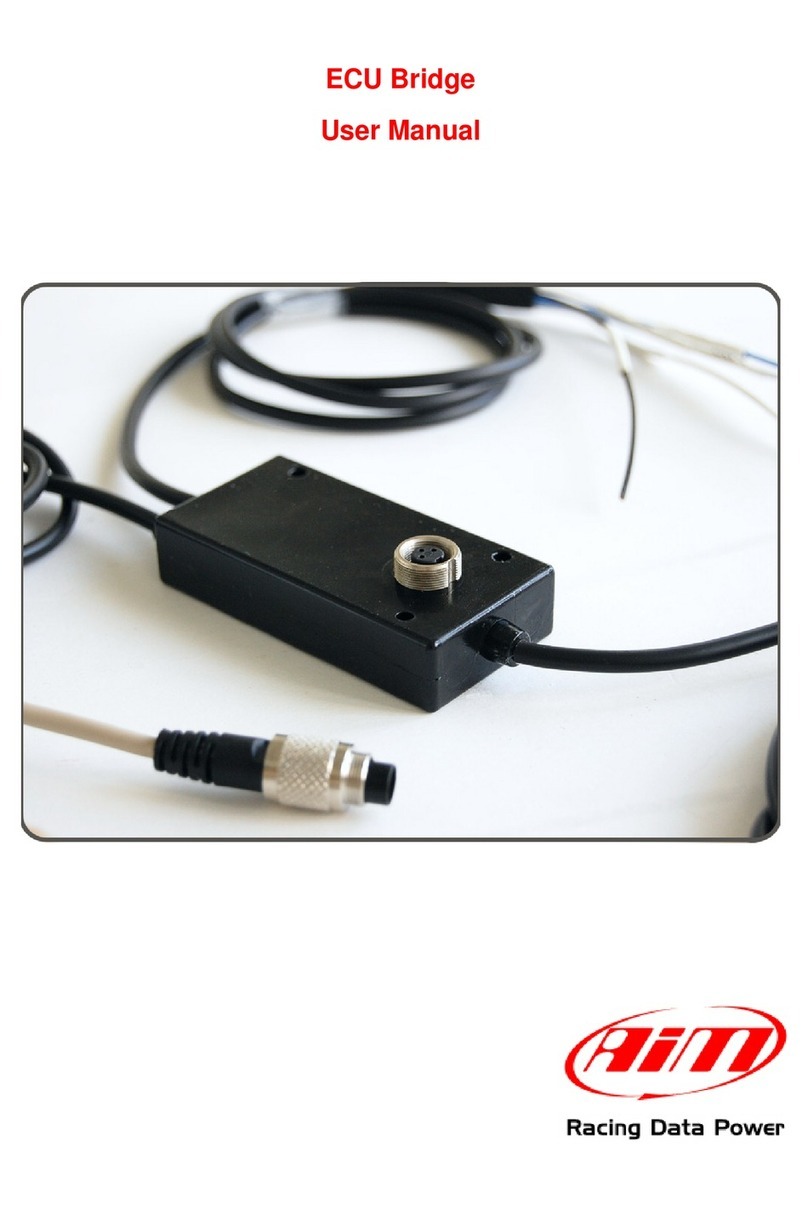
TABLE OF CONTENTS
Section Title Page
1Introduction.............................................................................................................1
1.1 General....................................................................................................................................... 1
1.2 Applicable Documents.............................................................................................................. 2
1.2.1 Industry Documents................................................................................................................ 2
1.2.2 Product Specific Documents................................................................................................... 2
2Installation...............................................................................................................3
2.1 BSP Installation......................................................................................................................... 3
2.2 Hardware Installation................................................................................................................ 6
2.2.1Connectors.............................................................................................................................. 6
2.2.1.1 MIL-STD-1553 Interface Connectors ............................................................................. 7
2.2.1.2 Auxiliary Connector HD DSUB15................................................................................... 8
2.2.1.3 USB TYP-A Host connector........................................................................................... 8
2.2.1.4 DC Power IN connector ................................................................................................. 8
2.2.1.5 RJ45 Ethernet connector ............................................................................................... 8
2.2.2 Module-Powering and Status Indication (LED’s) .................................................................... 9
2.2.2.1 Ethernet RJ45 Status Indicator ...................................................................................... 9
2.2.2.2 Module Status Indicator ................................................................................................. 9
2.2.2.3 Powering the module ................................................................................................... 10
3Getting started......................................................................................................11
3.1.1 Requirements........................................................................................................................ 11
3.1.2 Integration in a Network........................................................................................................ 11
3.1.2.1 The Network provides a DHCP sever.......................................................................... 11
3.1.2.2 The Network doesn’t provide a DHCP sever ............................................................... 11
3.1.3 The AIM Network Detection Tool.......................................................................................... 12
3.1.3.1 Installing Apple Bonjour ............................................................................................... 12
3.1.3.2 Using the AIM Network Detection Tool........................................................................ 13
3.1.4 Configuring the ANET1553................................................................................................... 14
3.1.5 Configuring basic properties................................................................................................. 15
3.1.5.1 Setting the IP-Address ................................................................................................. 15
3.1.5.2 Configuring Wireless Network Interfaces..................................................................... 16
3.1.5.3 Configure System Services.......................................................................................... 19
3.1.5.4 Discrete I/O state.......................................................................................................... 19
3.1.5.5 Check System Log-File................................................................................................ 20
3.1.5.6 Re-Boot or Shutdown over Ethernet............................................................................ 20
3.1.5.7 Reset Settings to Factory default................................................................................. 20
3.1.6 Updating the ANET1553 module.......................................................................................... 21
3.1.7 Booting the device into emergency mode............................................................................. 24
3.1.8 How to connect Applications to the ANET1553.................................................................... 24
3.1.8.1 Connect to a ANET1553 with PBA.pro ........................................................................ 24
3.1.8.2 Connect to a ANET1553 using the AIM API-Library.................................................... 26
3.1.9 Connecting the ANET1553 to the MIL-STD-1553 Bus......................................................... 26
3.1.9.1 Direct Coupling............................................................................................................. 27
3.1.9.2 Transformer Coupling .................................................................................................. 28
3.1.9.3 Network Emulation Coupling........................................................................................ 29
3.1.9.4 Isolated Coupling.......................................................................................................... 29
4Structure of the ANET1553..................................................................................31
4.1 System FPGA........................................................................................................................... 32
4.2 Global RAM.............................................................................................................................. 32
4.3 BIU Section .............................................................................................................................. 32






























